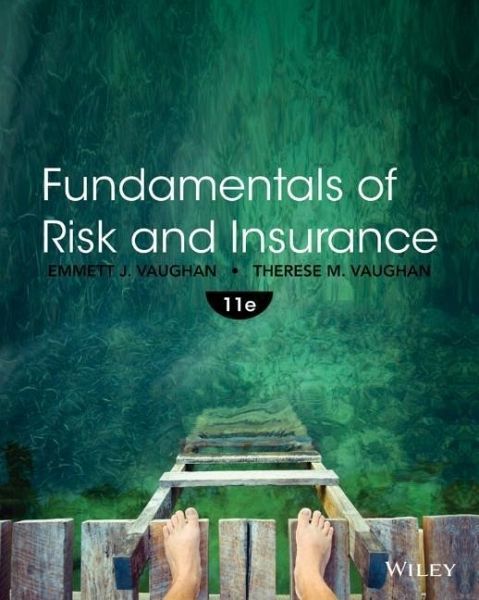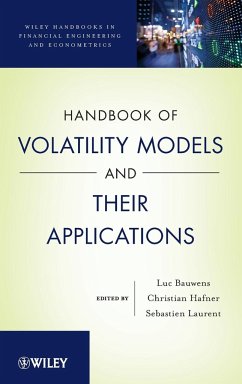Nicht lieferbar

Fundamentals of Risk and Insurance
Versandkostenfrei!
Nicht lieferbar
Fundamentals of Risk and Insurance, 11th Edition presents a thorough and comprehensive introduction to the field of insurance while emphasizing the consumer. It summarizes the nature of pure risk on the individual and on society, and illustrates the way in which insurance can be used to deal with the problems posed by such risk.The 11th edition first examines the concept of risk, the nature of the insurance device, and the principles of risk management. It then discusses the traditional fields of life and health insurance as solutions to the risks connected with the loss of income. The final s...
Fundamentals of Risk and Insurance, 11th Edition presents a thorough and comprehensive introduction to the field of insurance while emphasizing the consumer. It summarizes the nature of pure risk on the individual and on society, and illustrates the way in which insurance can be used to deal with the problems posed by such risk.
The 11th edition first examines the concept of risk, the nature of the insurance device, and the principles of risk management. It then discusses the traditional fields of life and health insurance as solutions to the risks connected with the loss of income. The final section deals with the risks associated with the ownership of property and legal liability.
The 11th edition first examines the concept of risk, the nature of the insurance device, and the principles of risk management. It then discusses the traditional fields of life and health insurance as solutions to the risks connected with the loss of income. The final section deals with the risks associated with the ownership of property and legal liability.













